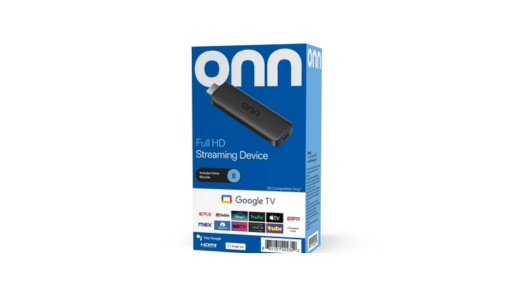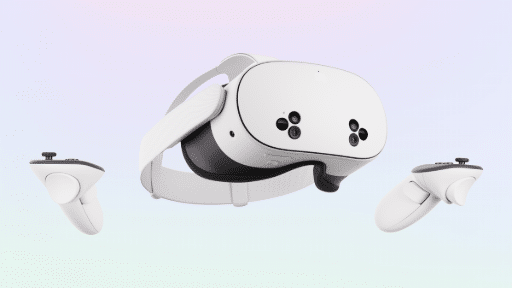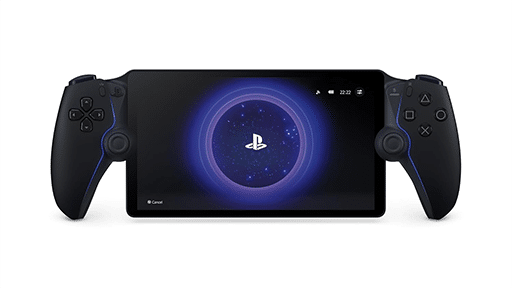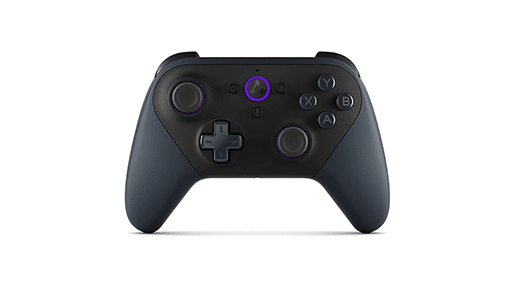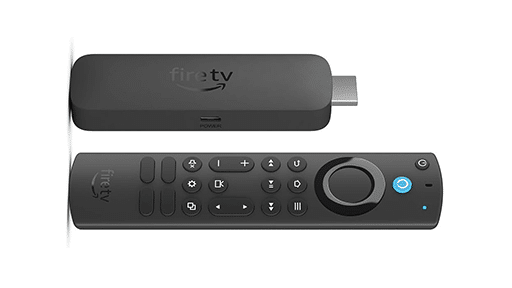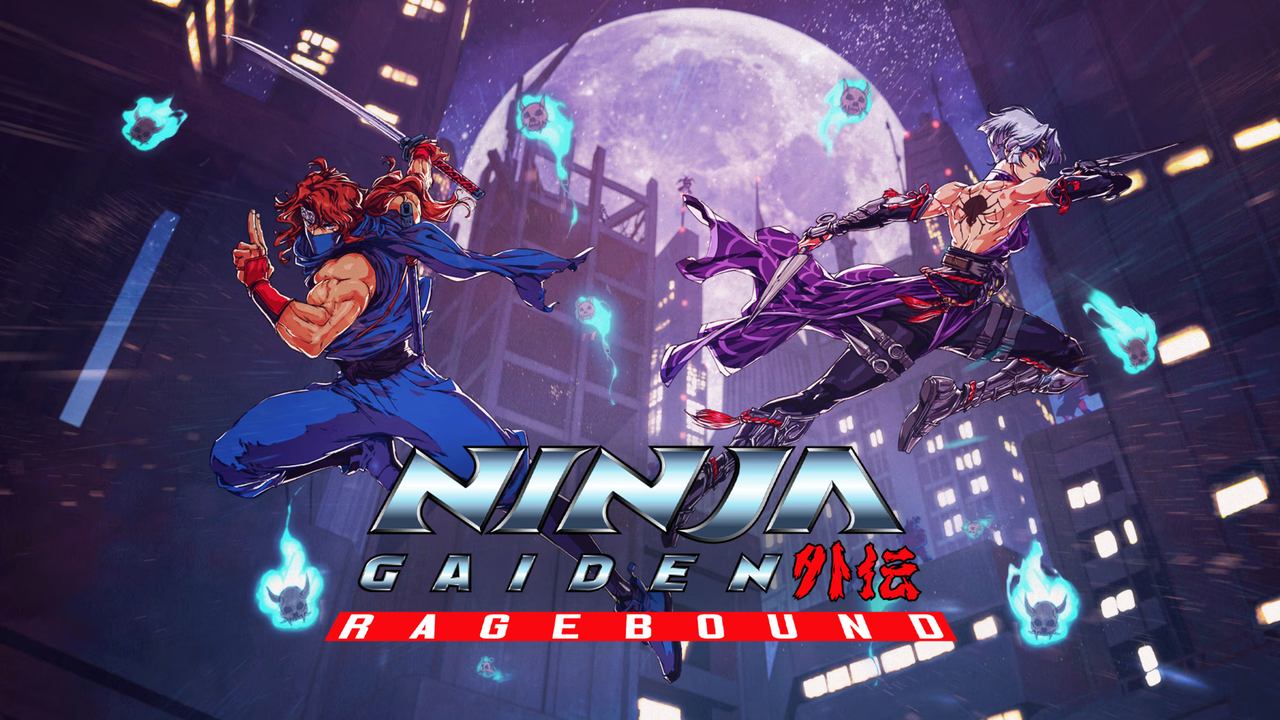
Ninja Gaiden: Ragebound brings the series back to where it started. After years of focusing on 3D action, this entry returns to a side-scrolling format that feels more in line with the NES classics. It’s developed by The Game Kitchen, the same team behind Blasphemous, and published by Dotemu.
As someone who grew up playing the original Ninja Gaiden games on the NES, I’ve always preferred the precision and pacing of the 2D titles. The 3D versions never really clicked with me. They looked impressive, but I missed the tight platforming and fast combat that defined the early games. Ragebound had my attention from the start simply because it leaned back into that older style.
This isn’t just a throwback, though. It builds on what came before while rethinking the formula in ways that feel smart and intentional. The structure, mechanics, and level design make it clear that The Game Kitchen aimed to modernize the series without losing what made it work in the first place.
Clan Conflict and Unlikely Allies
Ragebound kicks off with Ryu Hayabusa heading overseas, leaving his apprentice Kenji behind to protect Hayabusa Village. Demons invade soon after, and a surprise ally steps in: Kumori, a ninja from the Black Spider Clan. The two merge spirits to survive, giving you control over both in one body. It’s a strange setup, but it works.
Most of the story plays out through short dialogue exchanges between missions, with a few cutscenes breaking things up. It doesn’t aim for anything huge, but the setup gives just enough motivation to push you forward. The main focus stays on gameplay, which fits the series.
I liked how Kenji and Kumori play off each other. Kumori is not just tagging along. She has her own goals and keeps the tension between them going. Their uneasy alliance adds some friction without getting in the way.
It actually reminded me of the NES games, where you got just enough plot to keep things moving without dragging it out. The villains feel similar too. They are more visual threats than deep characters, but they still make an impression. Some of the later encounters even nod to that era in how they’re introduced.
This is not a story that tries to do too much, but it gets the job done. It’s clean, quick, and keeps the action moving.
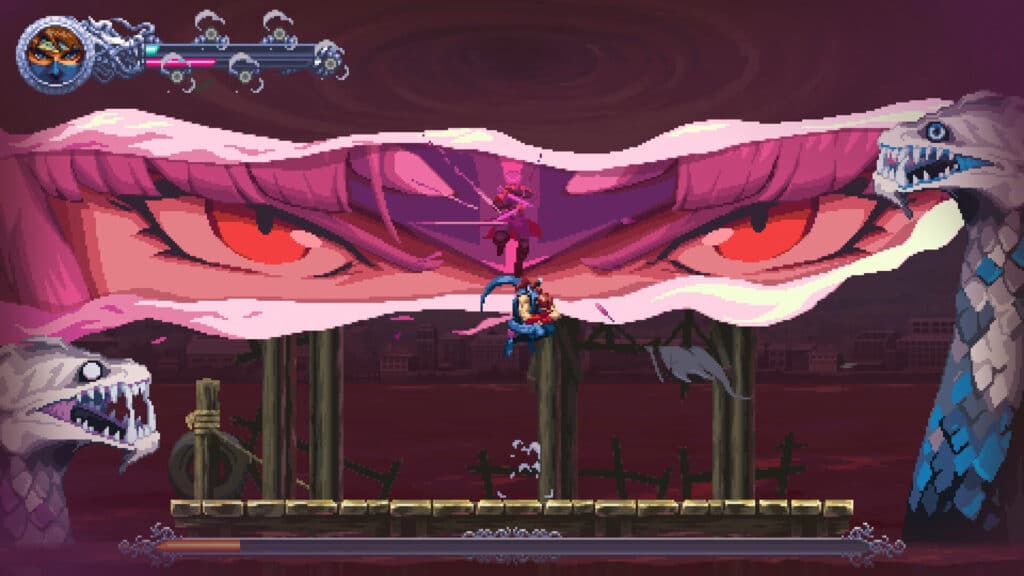
Fast, Precise, and Built for Mastery
Ragebound wastes no time getting you into the action. Movement is quick, combat is sharp, and everything responds the way you expect. Kenji handles close-range attacks while Kumori uses projectiles, and switching between them gives each encounter some flexibility. Once they merge, you gain access to both movesets in one character, which keeps the pacing tight.
Combat feels simple at first, but there’s more going on under the surface. Enemies with a blue or pink glow need to be hit with the right type of attack to charge up Hypercharge. When activated, it lets you take down even tougher enemies in a single blow. You can also use it to interrupt bosses, which comes in handy when things get hectic. It’s one of those gameplay elements that’s easy to ignore at first, but once it clicks, you start planning each room around it.
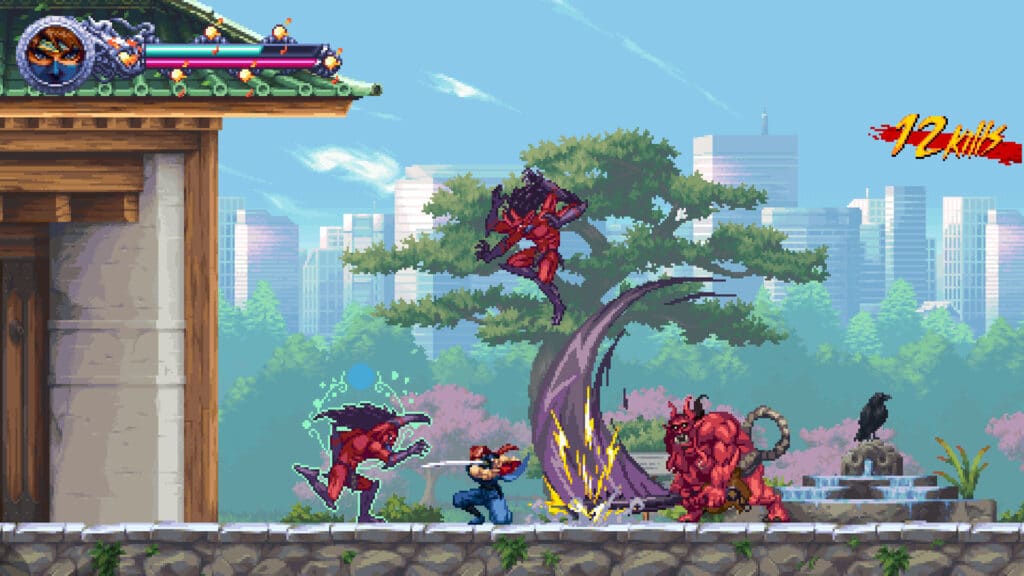
I had one section late in the game where I had to Guillotine Boost over a bunch of gaps while dodging flying enemies. It took a few tries, but it felt great once I pulled it off. It reminded me of the NES games’ trickier levels, but without the clunky jump arcs and cheap knockback. This felt more skill-based.
The Guillotine Boost ties platforming and combat together in a way that makes movement feel like its own reward. You can bounce off enemies and projectiles to chain attacks or reach out-of-the-way paths. That kind of freedom wasn’t possible in the old games, and it’s where Ragebound feels like a real step forward.
The game also throws in a few vehicle sections and optional challenge rooms. These mix things up without overstaying their welcome. If you care about your rank or score, there’s even more to dig into with replayable levels and hidden routes. The challenge is there, but it’s fair. You’re not fighting the controls like in the NES days.
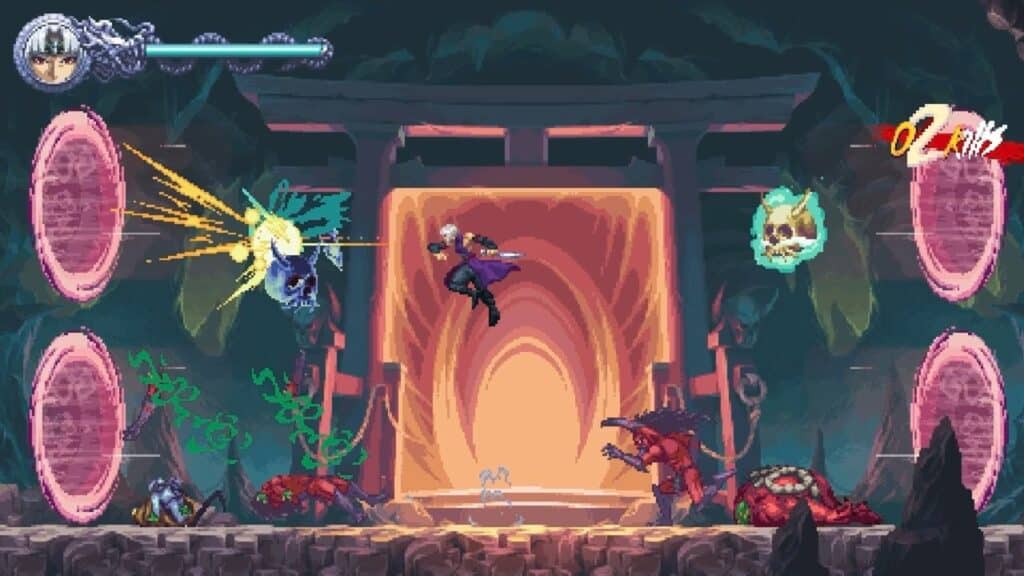
Sharp Sprites and Smoother Motion
Ragebound goes for a pixel art style, and it looks great without trying too hard to feel old. The animations are smooth, the action reads clearly, and even with a lot happening on screen, it never feels messy. Kenji and Kumori both have their own look and feel. Kenji’s swings feel heavy, while Kumori’s attacks come off quicker and flashier. The stage variety helps too. One minute you’re in overgrown ruins, the next you’re deep in some demon-filled fortress. It keeps things moving without feeling repetitive.
Everything moves way better than I expected. The old NES games were fast, but animation back then was stiff and choppy. Here, you get that same energy but with way more fluid movement. It still feels like a proper 2D Ninja Gaiden, just way easier on the eyes. The music is solid. It sticks with a fast, retro vibe that matches the action. Some tracks are heavier for boss fights, while others sit in the background and just push you forward. It never gets in the way, but it sets the right tone.
There’s also a CRT-style filter if you want something closer to the old days. I gave it a shot for fun and ended up keeping it on. It bends the screen a bit and adds some scanlines, but it doesn’t mess with visibility.
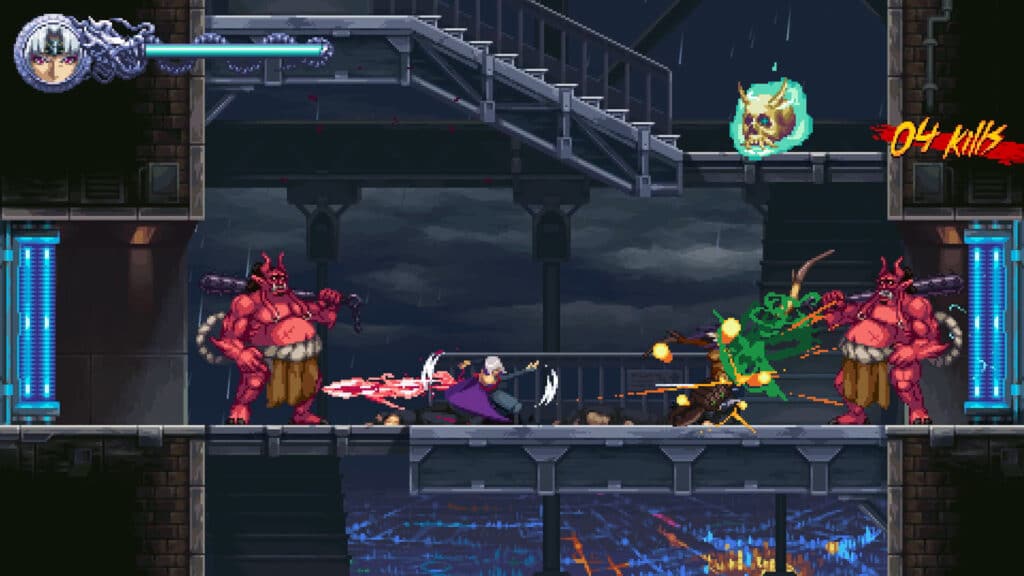
Ninja Gaiden: Ragebound Feels Like a Love Letter to the NES Trilogy
Ragebound feels like the return I’ve been waiting for. It takes what worked in the NES games and builds on it without getting stuck in the past. The movement is sharp, the combat stays fast, and the extra mechanics like Hypercharge and Guillotine Boost give you more ways to experiment and improve.
What I liked most is how it respects the older games without copying them. There are nods to the NES era, but the pacing, control, and level design feel modern in the right ways. Even when the difficulty ramps up, it always feels like something you can push through with practice.
There’s plenty to keep you going after the credits too. Extra challenges, hidden items, and end-of-stage rankings give you reasons to revisit levels and try new strategies. The campaign length is perfect. It’s around 10-12 hours. It finishes strong and doesn’t waste your time.
As someone who grew up on the original trilogy, this hit the mark. It’s not about chasing nostalgia, but about getting back to the parts that mattered and doing them better. If you’ve been waiting for a 2D Ninja Gaiden that gets it right, this is it.
Ninja Gaiden: Ragebound

Summary
Ninja Gaiden: Ragebound brings the series back to its 2D roots with tight controls, sharp level design, and satisfying challenge. The dual-character system, Guillotine Boost, and Hypercharge mechanics add variety without overcomplicating things. Combat and platforming feel smooth and skill-based, with modern touches that respect the NES originals. The campaign is short but focused, and extra modes offer reasons to replay. If you grew up on the classics, this one hits the right notes without feeling stuck in the past.
As always, remember to follow us on our social media platforms (e.g., Threads, X (Twitter), Bluesky, YouTube, and Facebook) to stay up-to-date with the latest news. This website contains affiliate links. We may receive a commission when you click on these links and make a purchase, at no extra cost to you. We are an independent site, and the opinions expressed here are our own.

